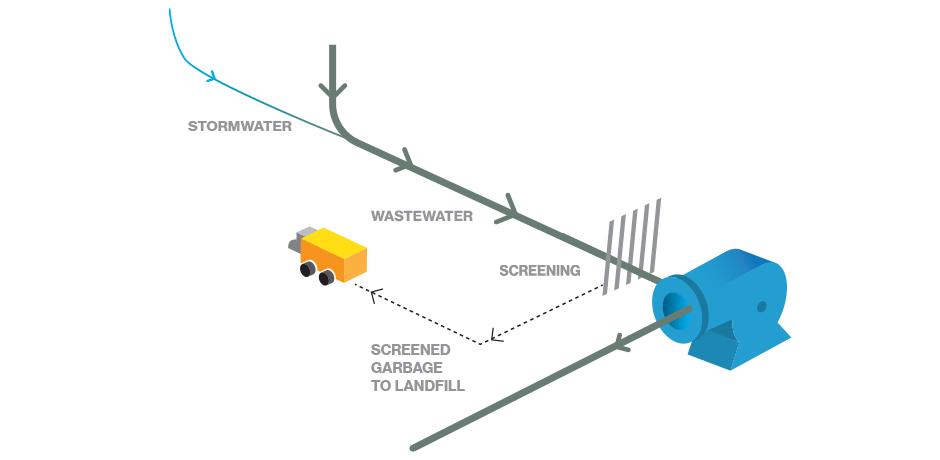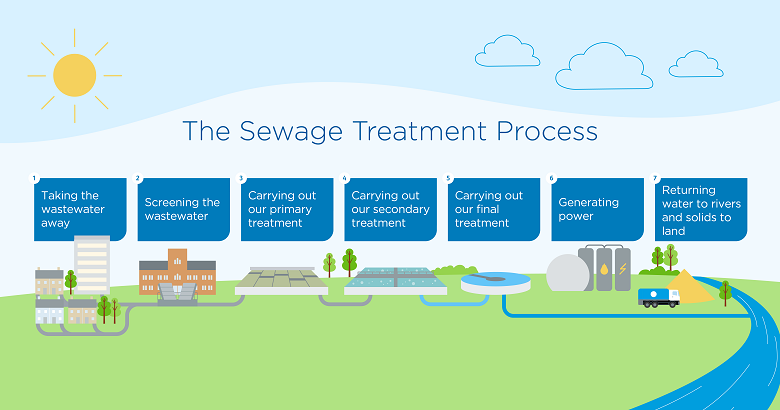The Importance of Chemical Processes in Waste Water Treatment
The Importance of Chemical Processes in Waste Water Treatment
Blog Article
Strategic Approaches to Boost Drainage Treatment Effectiveness and Minimize Environmental Effect
In the world of waste water treatment, the pursuit for improved effectiveness and lowered environmental influence is a perpetual challenge that demands critical services. As culture grapples with the important to take care of water resources sustainably, a nuanced method comes to be vital. The combination of innovative treatment modern technologies, energy-efficient processes, resource recuperation strategies, enhanced nutrient elimination techniques, and clever surveillance and control systems represents a multifaceted framework for resolving these pressing problems. Nevertheless, what lies at the core of this facility internet of strategies is the potential to revolutionize the means we come close to waste water treatment, not just as a procedure of disposal, however as a useful chance for development and environmental stewardship.
Advanced Treatment Technologies
Cutting-edge membrane layer filtration systems have actually revolutionized sophisticated wastewater therapy procedures, substantially enhancing the elimination of contaminants. These innovative systems work by requiring water via a semi-permeable membrane, successfully dividing impurities from the water stream. The membrane's tiny pores catch pollutants such as germs, infections, and put on hold solids, allowing only cleansed water to travel through. This technology has actually proven to be extremely efficient in eliminating a wide variety of pollutants, including drugs, heavy metals, and organic compounds, which are frequently challenging to get rid of via traditional treatment techniques.
Furthermore, membrane filtration systems use various benefits over traditional therapy approaches. They need much less area, create higher-quality effluent, and are more resistant to changes in influent water high quality. Furthermore, these systems are highly flexible and can be quickly integrated right into existing therapy plants or made use of as standalone units for decentralized applications. As the demand for tidy water proceeds to increase, the fostering of sophisticated membrane filtration technologies is important to guarantee lasting and efficient wastewater treatment methods.
Energy-Efficient Processes
The integration of energy-efficient procedures in wastewater therapy systems is essential for optimizing source utilization and decreasing functional prices. By executing energy-efficient innovations, therapy plants can dramatically decrease their carbon footprint and general environmental effect. One essential technique to enhancing energy performance in wastewater treatment is the use of innovative aeration systems, such as great bubble diffusers or surface area aerators, which can improve oxygen transfer performance and reduce power consumption. In addition, incorporating energy recuperation systems, like anaerobic digestion for biogas production or using excess warm for thermal processes, can help balance out energy needs and promote sustainability.
In addition, enhancing process control and automation via making use of sophisticated sensors and keeping track of systems can boost general power effectiveness by readjusting procedures in real-time based upon real demand and conditions. Applying energy audits and consistently keeping track of power performance indications are necessary practices to identify areas for improvement and track energy-saving efforts successfully. Overall, the adoption of energy-efficient procedures in wastewater therapy not only benefits the environment however additionally contributes to long-lasting cost financial savings and operational sustainability.
Source Healing Methods
With an emphasis on enhancing resource application and sustainability in wastewater treatment systems, the implementation of source recovery approaches arises as a critical element in enhancing operational efficiency. Source healing approaches in wastewater treatment involve the identification and extraction of beneficial resources from the waste stream, thereby transforming what was once considered waste right into an important property. By carrying out resource healing techniques such as nutrient elimination and recovery, power generation from raw material, and the production of reusable water, wastewater treatment plants can decrease ecological effect while maximizing efficiency.

Improved Nutrient Removal Strategies
Implementing innovative nutrient removal strategies is necessary for enhancing the performance of wastewater treatment systems. One of the vital methods used for improved nutrient removal is the procedure of biological nutrient removal (BNR), which involves the elimination of nitrogen and phosphorus through organic processes.

In addition to BNR, progressed treatment methods such as membrane layer bioreactors (MBRs) and created wetlands can likewise be used to enhance nutrient elimination performance. By integrating these sophisticated nutrient elimination techniques right into wastewater treatment industries, communities and systems can efficiently decrease nutrient pollution and protect the setting.
Smart Tracking and Control Solution
Utilizing cutting-edge technology, the integration of clever tracking and control systems transforms the operational performance of wastewater treatment facilities. These systems include sophisticated sensors and information analytics to constantly monitor vital specifications such as pH levels, turbidity, liquified oxygen, and flow prices in real-time. By accumulating and examining this data, drivers can get important understandings right into the performance of the therapy procedures, allowing aggressive changes to optimize treatment performance.
Smart surveillance and control systems additionally support remote tracking abilities, allowing operators to access real-time data and control functions from off-site areas. This remote accessibility improves operational versatility and responsiveness, allowing swift interventions in situation of system malfunctions or fluctuations in influent high quality. In addition, the predictive upkeep capacities of these systems aid prevent equipment failures and lessen downtime, eventually improving the overall integrity of wastewater treatment procedures (Waste Water Treatment).
Final Thought
In conclusion, strategic strategies such as sophisticated treatment innovations, energy-efficient processes, resource healing approaches, enhanced nutrient elimination techniques, and wise monitoring and control systems play a vital duty in improving wastewater treatment efficiency and lessening ecological influence. By applying these strategies, wastewater treatment plants can improve their overall performance, reduce energy consumption, recoup valuable sources, and ensure compliance with environmental policies. These approaches are necessary for effective and lasting wastewater management methods.

In final thought, calculated approaches such as innovative therapy innovations, energy-efficient procedures, resource recuperation strategies, enhanced nutrient removal strategies, and smart tracking and control systems play a critical duty in enhancing wastewater therapy performance and reducing ecological impact.
Report this page